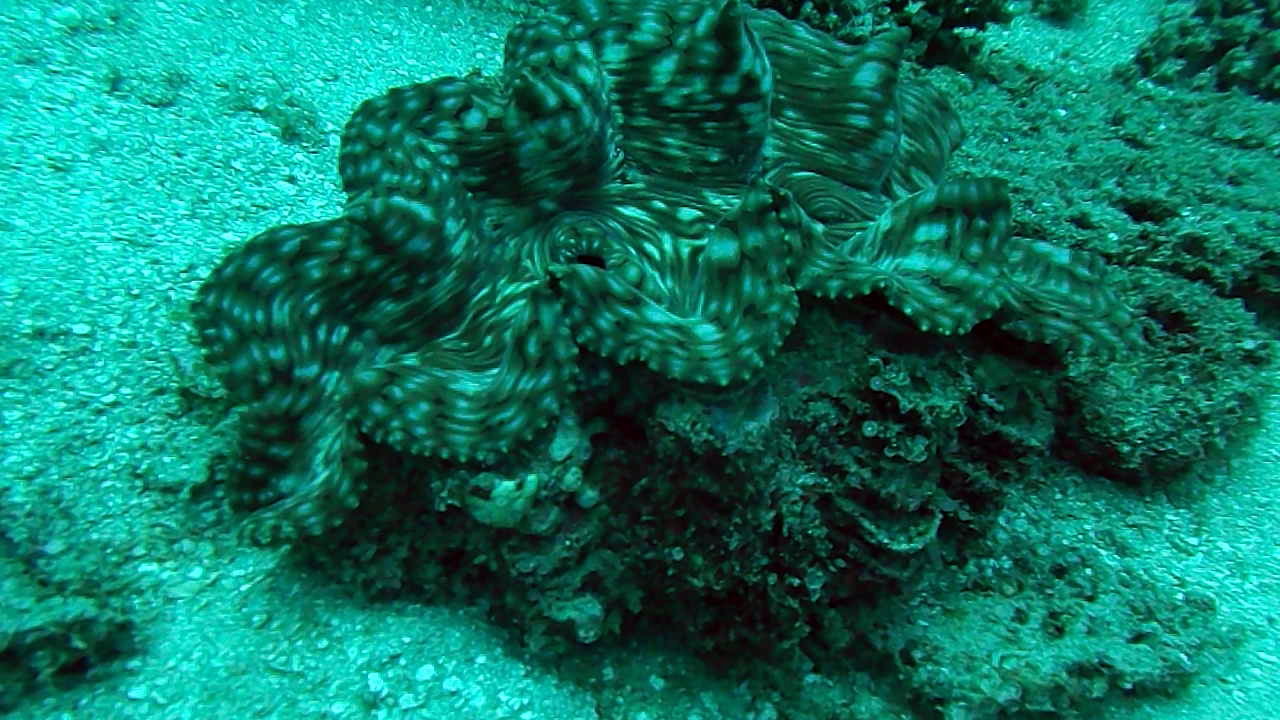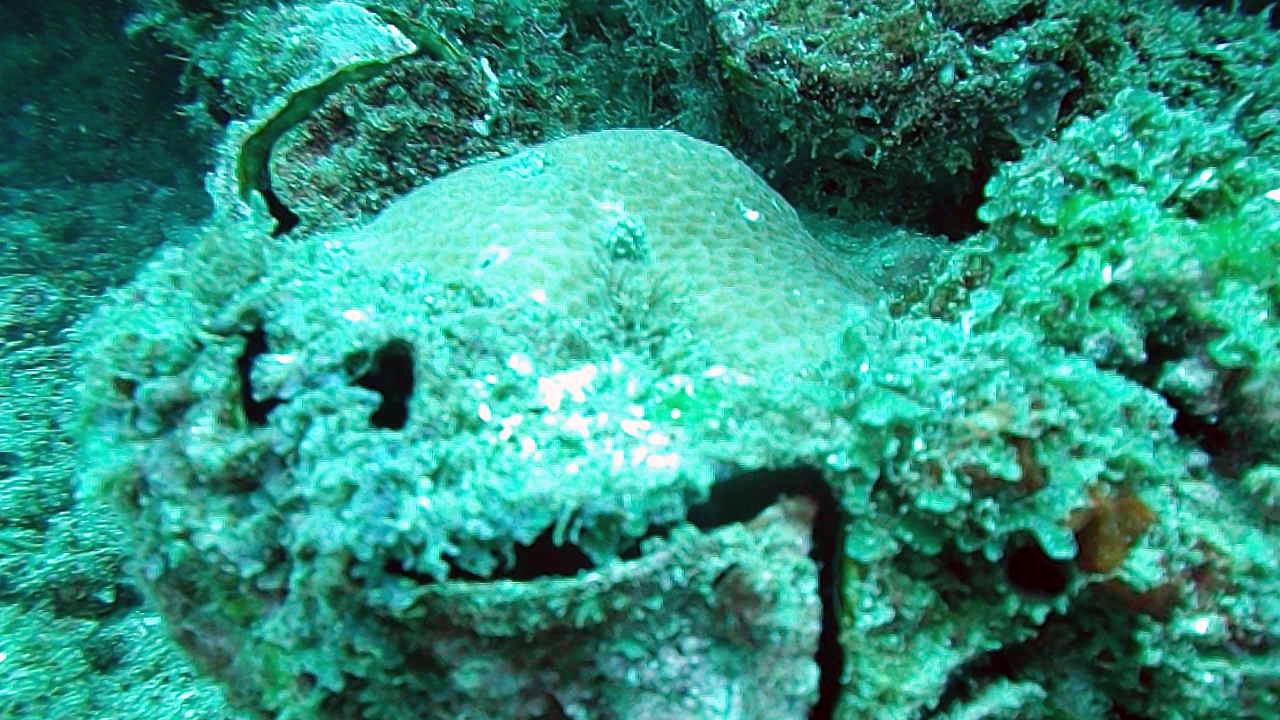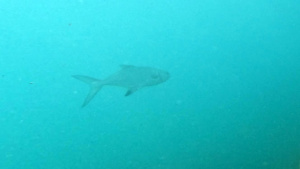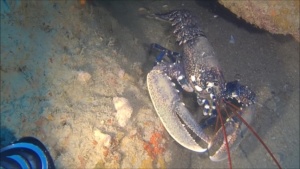Giant tridacna (Tridacna gigas (Linnaeus, 1758)) is a bivalve mollusk of the Cardiidae family. tridacna gigante Tridacna gigas Cardiidae intotheblue.it
Description
It is the largest existing bivalve mollusc, whose valves, crossed by wide longitudinal ribs, can reach a meter and a half in length, while the shell can weigh up to 300 kg.
Biology
Zooxantelle algae are found in the mantle of the tridacna in large numbers. These algae, in addition to being responsible for the great variety and liveliness of colors, live in symbiosis with the animal. To promote the presence of the Zooxanthella, the mantle is extroflected outside the valves and has particular lens-shaped organs in order to better concentrate the sunlight.
In fact during the day the shell is open and the tridacna lives in shallow water to let more light penetrate. Many of these algae are transported to the visceral and assimilated area. Through the siphon the giant tridacna filters the water, feeding itself with plankton.
Reproduction Giant tridacne are born males, at the age of 8 years they become hermaphrodite and then females. This animal produces up to 500 million reproduction eggs that hatch within 24-48 hours. The larvae live in plankton for 1 week.
Distribution and habitat The habitat of this mollusk is limited to the western Pacific Ocean, in the areas of Malaysia, Indonesia and Australia (Great Barrier Reef). It lives in cliffs up to 15 m deep.
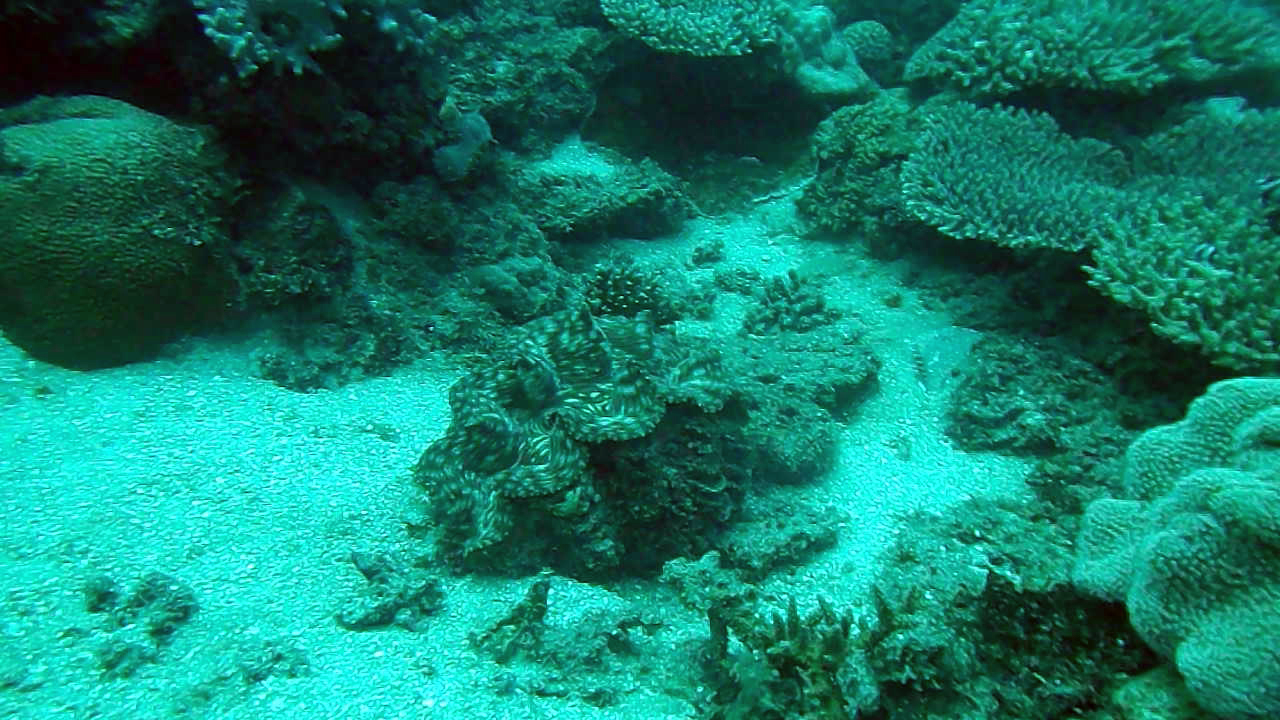
Tridacna gigas è il più grande mollusco bivalve esistente: può raggiungere il metro e mezzo di lunghezza e superare i 300 kg di peso. – Stefano
https://it.wikipedia.org/wiki/Tridacna_gigas https://www.intotheblue.it/2017/02/03/nosy-be-madagascar-tridacna-gigas-ii/ https://www.intotheblue.it/2017/01/04/nosy-be-tridacna-gigas/
 English
English Italiano
Italiano
